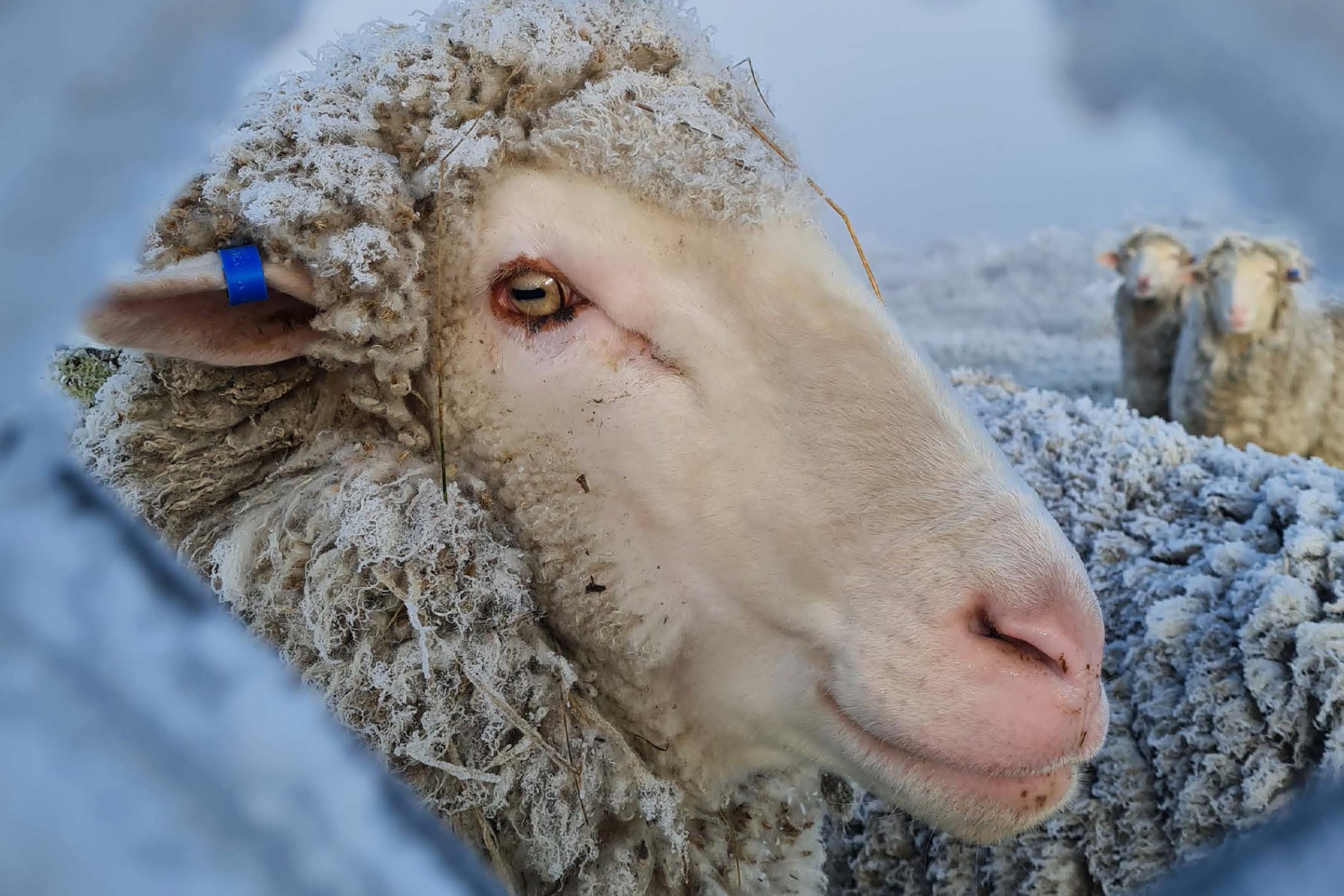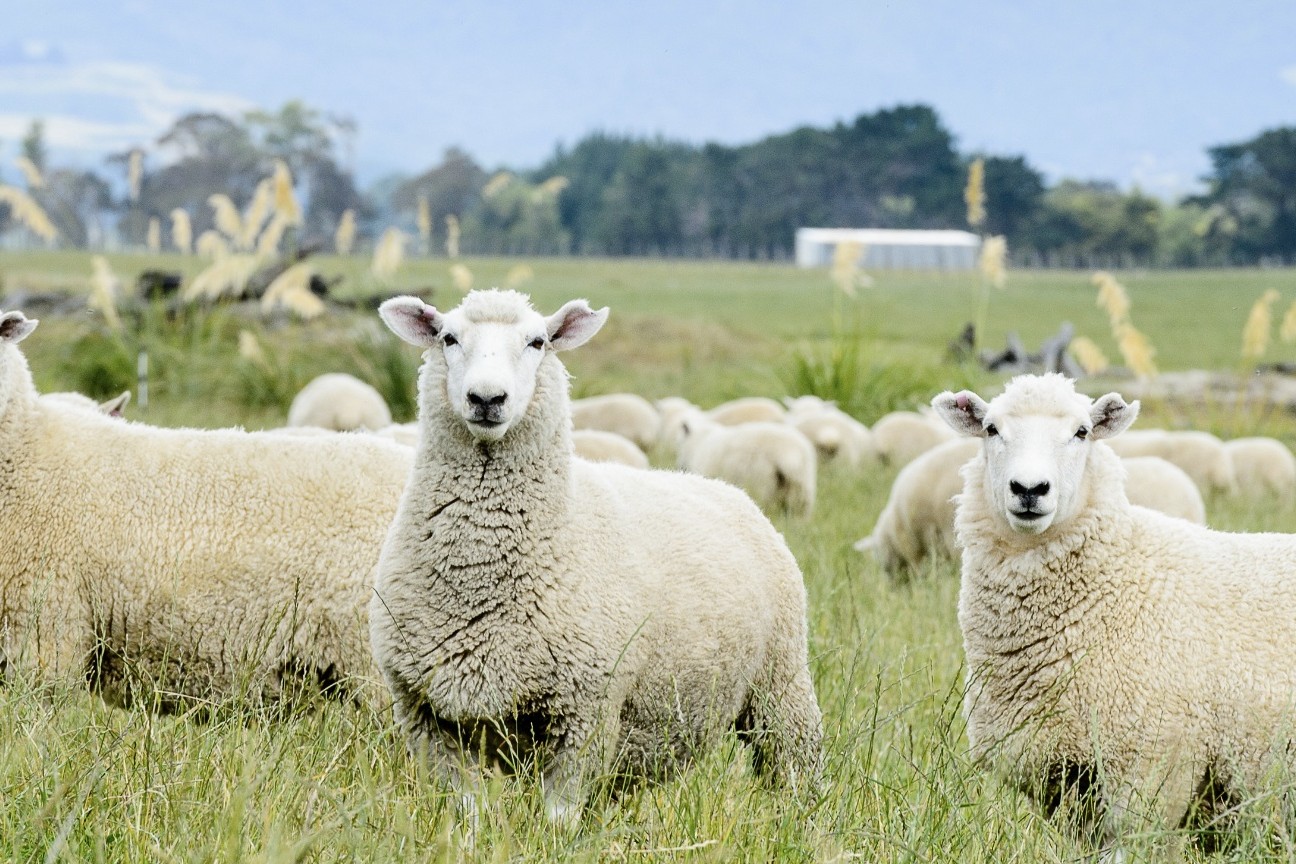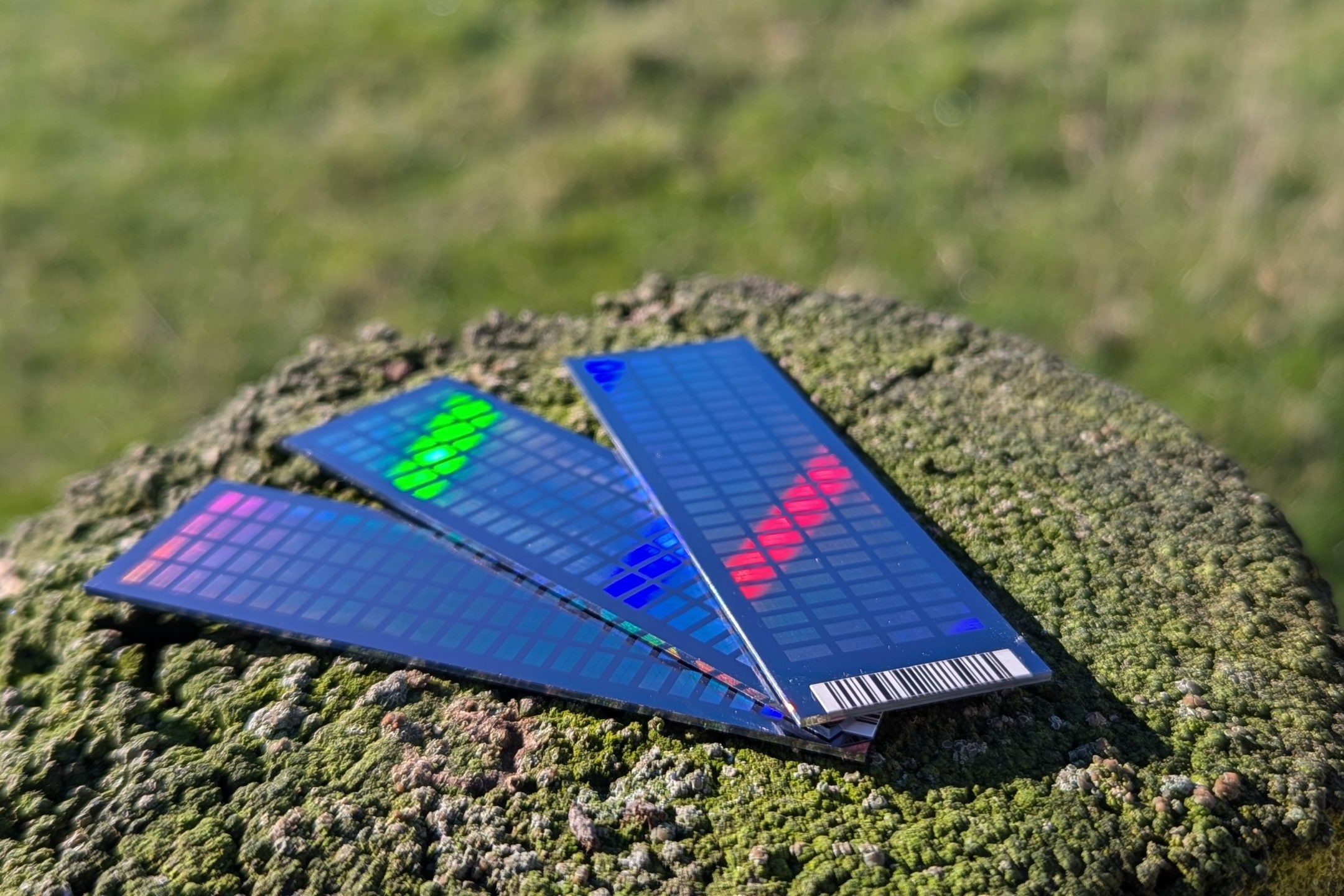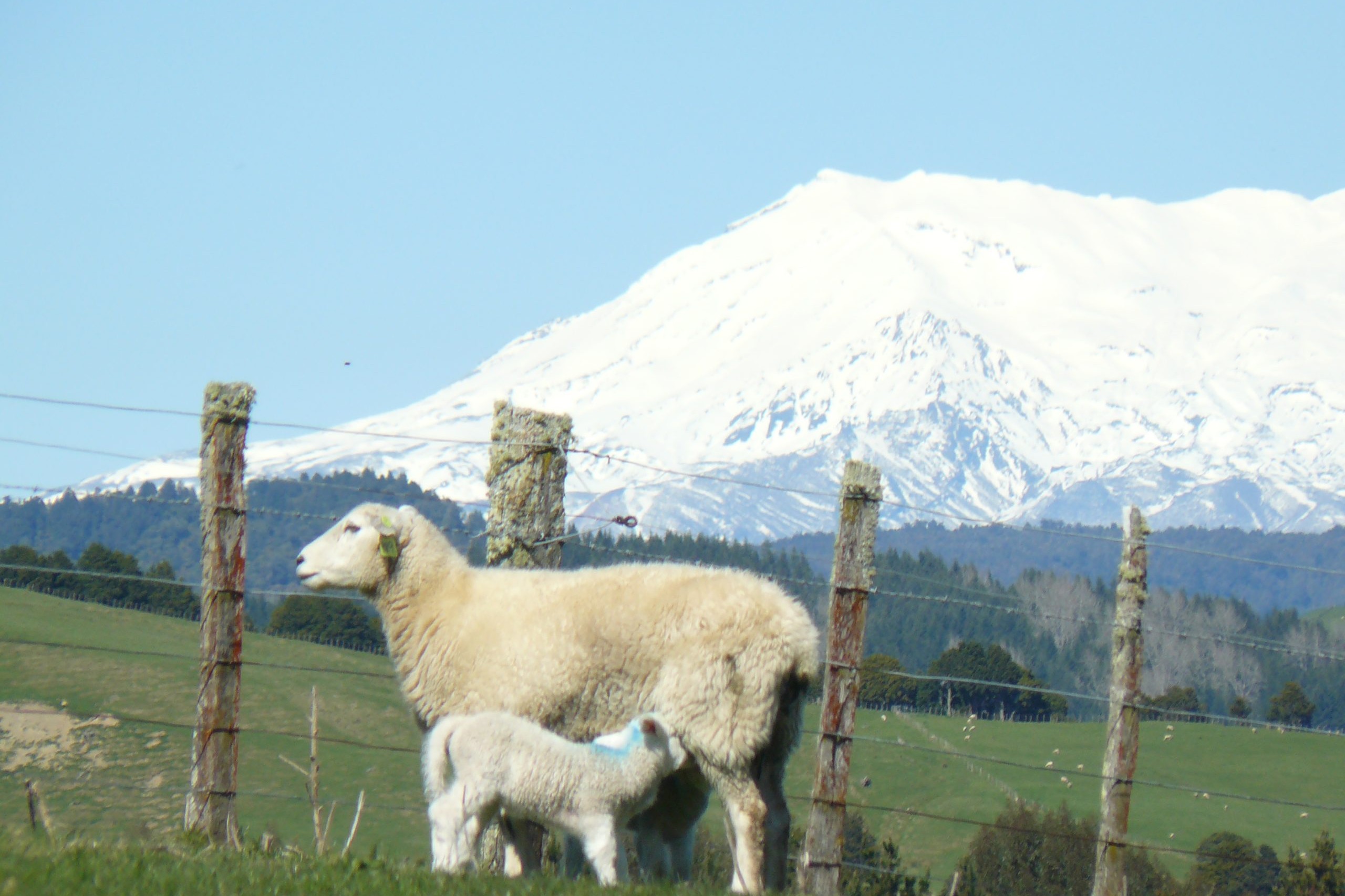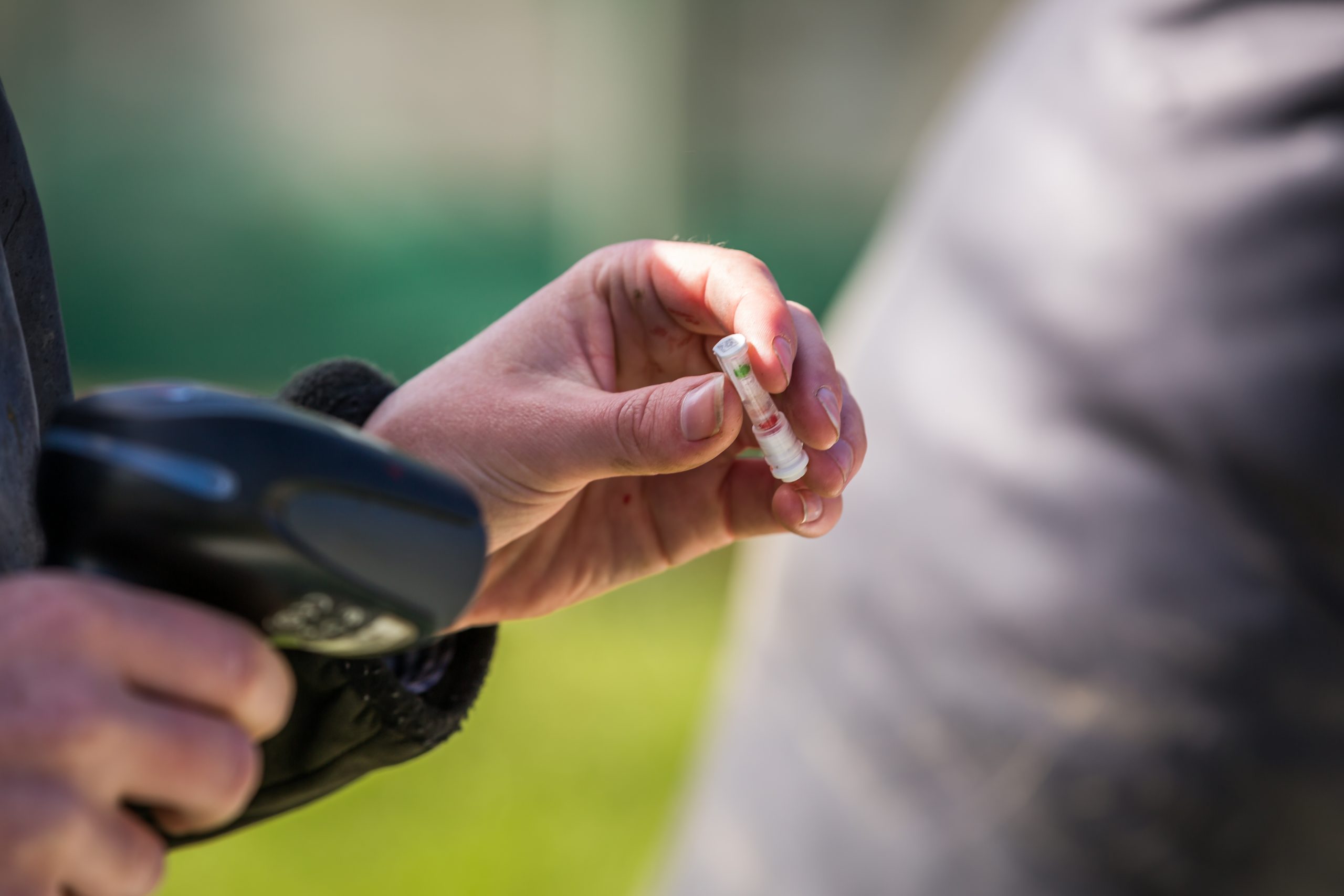January
Do you need to drench and when?
Do a FEC test on:
- Lambs 28 days post drench to check for reinfection. Typically, lambs on contaminated pasture are drenched every 28 days, lambs on cleaner pasture may not need to be.
- Lambs on summer crops: they should not need drenching every 28 days but monitor so you don’t get caught out!
- Ewe hoggets that have reared a lamb.
Is your lamb drench working?
- Drench check on 10 individual lambs.
Are eggs present and if so, what type of worms are they?
- Request larval cultures.
Are your ewes at BCS 3 or better?
- Plan to get your weaned ewes and ewe hoggets that have reared a lamb to > BCS 3.
Protect your susceptible worms by using refugia
- Minimise drenching of adult sheep.
- Share lamb grazing areas with undrenched ewes.
- Consider leaving some lambs untreated after seeking advice.
Consider your grazing management
- Lambs grow faster on low worm contamination feed.
- Regular drenching will not reduce the effects of a daily worm challenge.
FEBRUARY
Do you need to drench and when?
Do a FEC test on:
- Lambs 28 days post drench to check for re-infection. Lambs on contaminated pasture typically need drenching every 28 days, lambs on cleaner pasture may not.
- Lambs on summer crops should not need drenching every 28 days but monitor so you don’t get caught out!
- Mixed aged ewes (light and main mobs) and 2-tooth ewes pre-tup.
Are eggs present and if so, what type of worms are they?
- Ask for larval cultures to check for worm species including Barbers Pole.
Use refugia to protect your susceptible worms
- Share lamb grazing areas with undrenched ewes.
- Consider leaving some lambs untreated after seeking advice.
Consider your grazing management
- Grow lambs faster by providing feed with low worm contamination.
- Regular drenching will not reduce the effects of a daily worm challenge.
- Make a feeding and manangement plan for ewes to have them at BCS 3 or better at lambing, and enough grass to set.
March
For brought-in trade lambs, use a quarantine protocol to minimise resistant worms coming onto your farm
- Drench with a combination of 4 unrelated actives, one containing monepantel (in Zolvix) or derquantel (in Startect).
- Keep lambs off pasture for at least 24 hours. Eggs from resistant worms will pass onto bare ground preventing further growth.
- After the 24-hour quarantine period, initial paddocks for new lambs should be older pasture (not ‘clean pasture’)to ‘dilute out’ any worms surviving the quarantine process.
Consider your grazing management
- To ensure the percent of light ewes is minimised and feed levels are optimal, do your feed.
APRIL
Consider a ‘Knockout’ drench for lambs
- At the 4th to 5th drench, a ‘knockout’ drench can be used to remove worms that have survived routine combination drenches. The ‘knockout’ drench should contain a novel active (Monepantel (in Zolvix) or Derquantel (in Startect).
Consider your grazing management
- To ensure the percent of light ewes is minimised and feed levels.
MAY
Do you need to drench and when?
Do a FEC test on:
- Light ewes at ram removal.
- Trade lambs and ewe replacements 28 days post drench to check for re-infection.
- Strict drench intervals may not be needed over winter as the lambs’ immunity to worms is developing but keep monitoring.
Consider your grazing management
- To ensure the percent of light ewes is minimised and feed levels are optimal, do your feed budget.
If killing tail-end ewes for dogs, check ewe livers for fluke.
JUNE
Do you need to drench and when?
Do a FEC test on:
- Ewes prior to scanning.
- Early lambers prior to pre-lamb vaccinations.
Consider your grazing management
- Take out ewes < BCS 3 and preferentially feed.
- Separate triplets at scanning to prevent weight loss in the last trimester.
JULY
Do you need to drench and when?
Do a FEC test on:
- Ewes prior to scanning
- Hoggets
Consider your grazing management
- Separate triplets and preferentially feed so they don’t lose weight in the last trimester.
- At ram removal/scanning take out ewes < BCS 3 and preferentially feed.
AUGUST
Do you need to drench and when?
Do a FEC test on:
- Ewes prior to lambing.
Are your ewes at BCS 3 or better?
- Monitor ewes pre-lamb. If they are < BCS 3, separate them, give them more feed and lower their stocking density.
Consider your grazing management
- Reduce the risk of drench resistance by minimising the need for long-acting treatment in ewes through nutrition.
- Provide great nutrition pre-lamb and early lactation by set-stocking onto target covers of 1400+kgDM/ha.
SEPTEMBER
Do you need to drench and when?
Do a FEC test on:
- Ewes prior to lambing.
Considerations for drenching at docking/tailing?
- To reduce the risk of drench resistance avoid whole-flock docking/tailing drench as an annual policy.
- A ewe drench at docking/tailing is unlikely to give a positive production response.
OCTOBER
Do you need to drench?
Do a FEC test on:
- Ewes given a long-acting treatment pre-lamb during the payout period
- If eggs are present in treated ewe samples, request a larval culture. This will show which worm species are surviving. Seek management advice.
What drenches are effective on your farm?
- Plan to do a FECRT in summer if you have not done one in the last 2-3 years. This will require some lambs to be left untreated at the first drench.
Considerations for drenching
- Lambs do not require a docking/ tailing drench except in extreme situations of low feed and poor ewe milk production.
- Drenching ewes at docking/tailing time is unlikely to result in positive production responses but may help to dry up dags.
- The window of opportunity for fast lamb growth, and high or extended lactation from ewes is largely closed.
Consider your grazing management
- Look at all management options to improve feed quality and quantity to lambs and ewes from docking/tailing onwards.
- – Lambs are now functioning ruminants and consume an increasing amount of pasture.
NOVEMBER
Do you need to drench?
Do a FEC test on:
- Several lamb mobs to understand their worm challenge level.
Is your first lamb drench working?
- Drench check 10 individual lambs.
Do you know what drenches are effective on your farm?
- If you are doing a FECRT this summer, discuss and book with your advisor. Your FEC tests will inform you when there are enough eggs to start the FECRT.
Considerations for pre-weaning/weaning lamb drench
- Seek advice on the use of preweaning/weaning lamb drench. A ‘traditional’ first choice of lamb drench may no longer be appropriate.
DECEMBER
Is your weaning drench working?
- Drench check 10 individual weaned lambs.
Are eggs present and what type of worms are they?
- Do a larval culture on any positive FEC test to know what worm species are surviving your drench.
Considerations for pre-weaning/weaning lamb drench
- Seek advice on the use of preweaning/weaning lamb drench.
- A ‘traditional’ first choice of lamb drench may no longer be appropriate.

